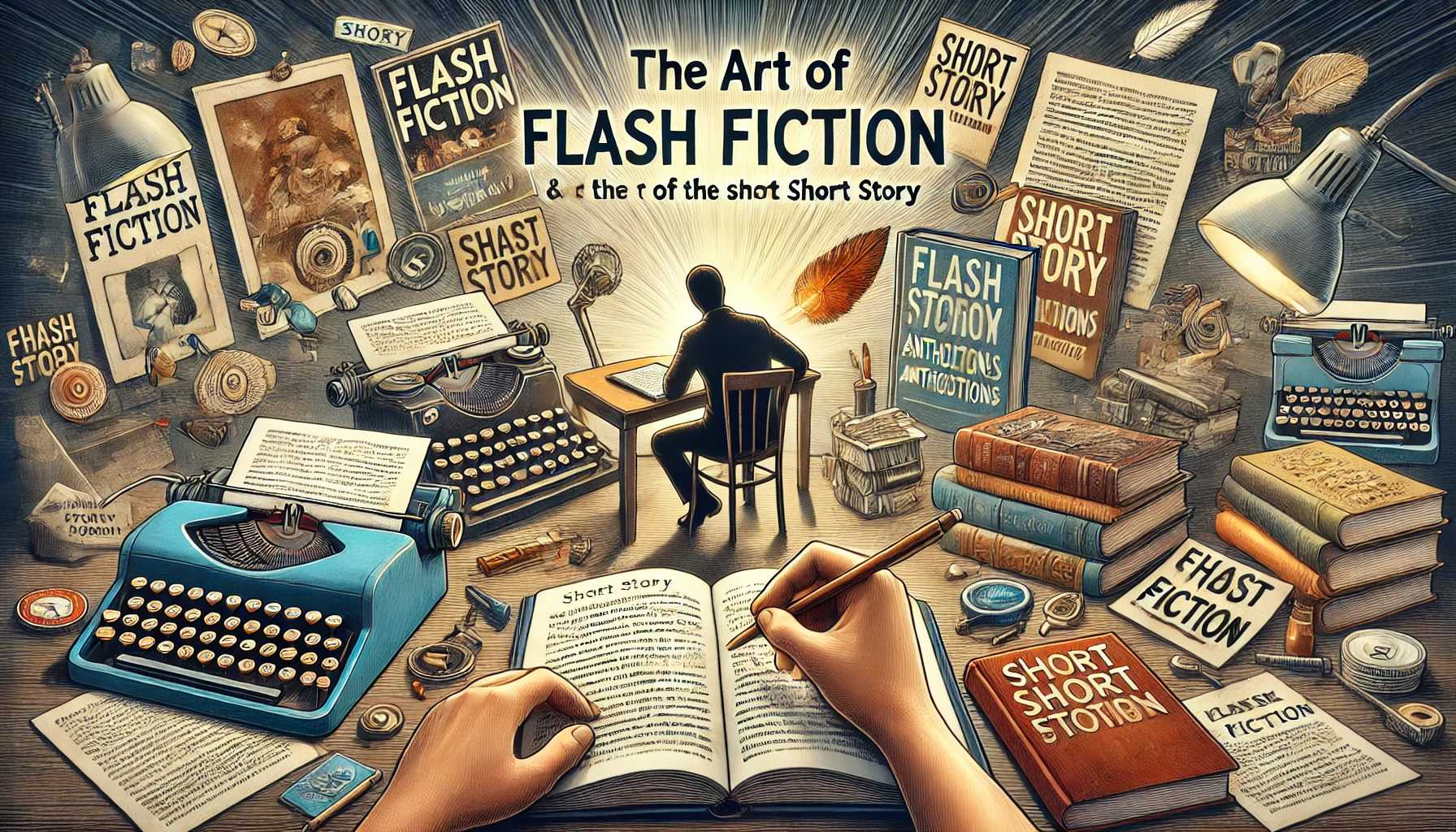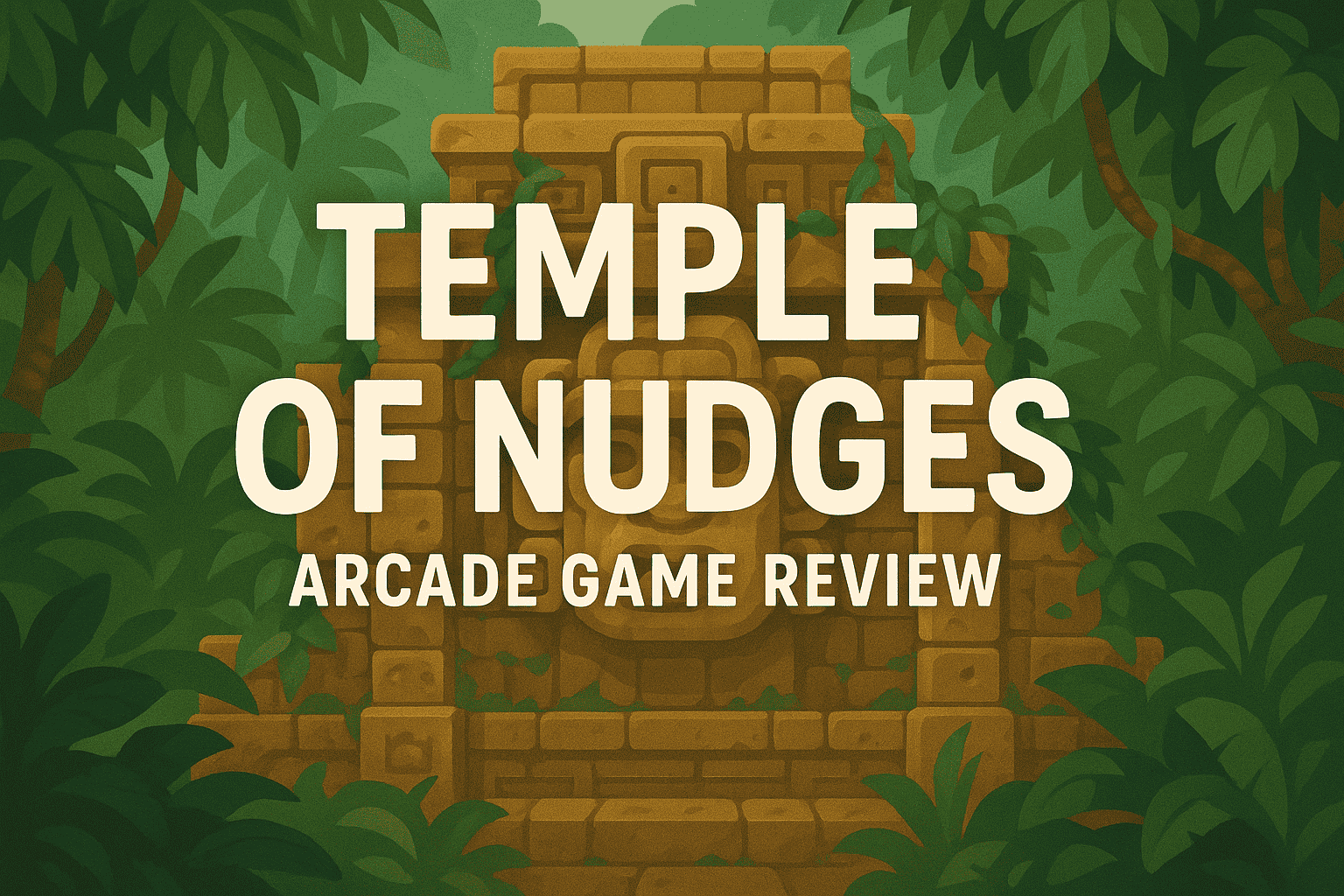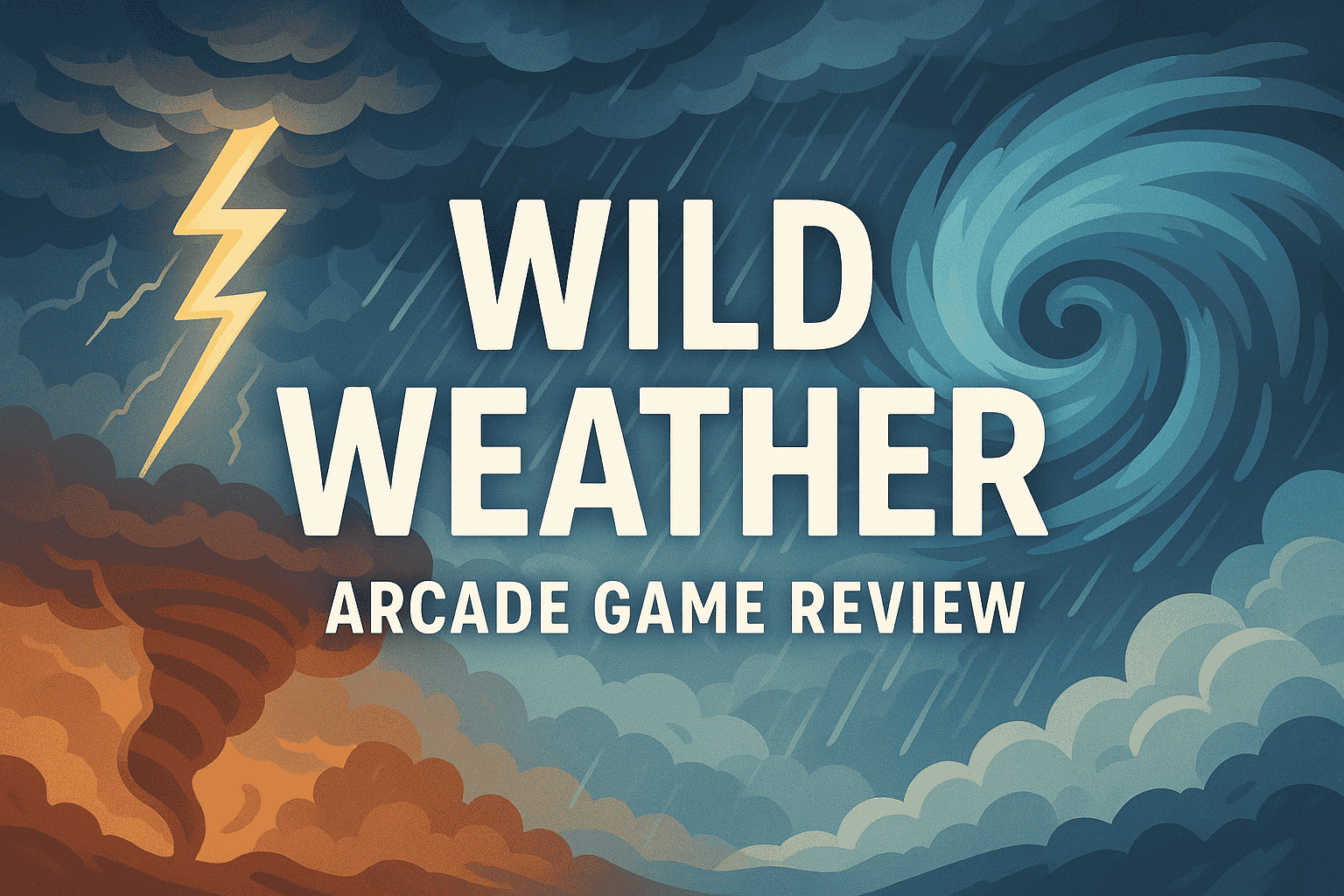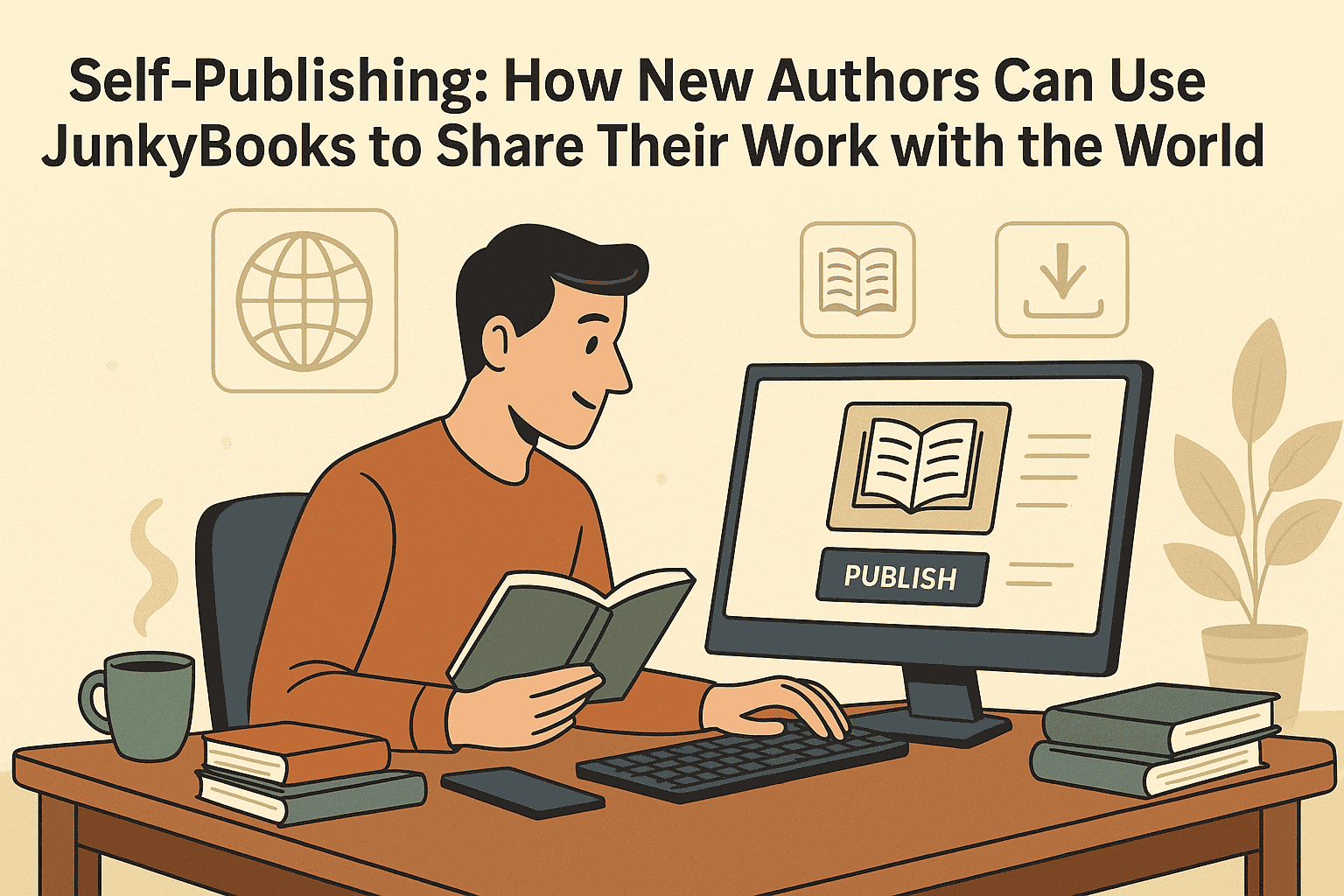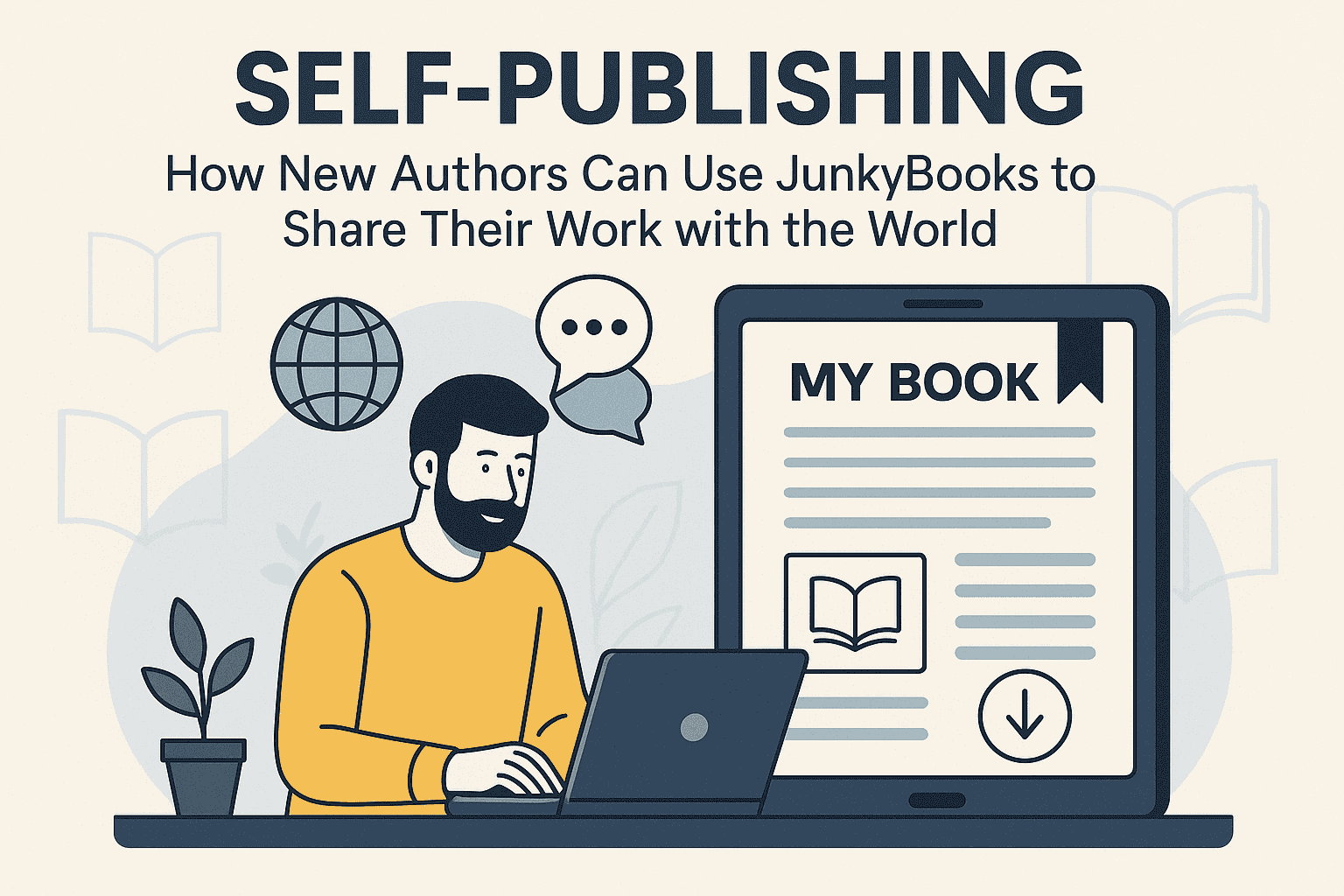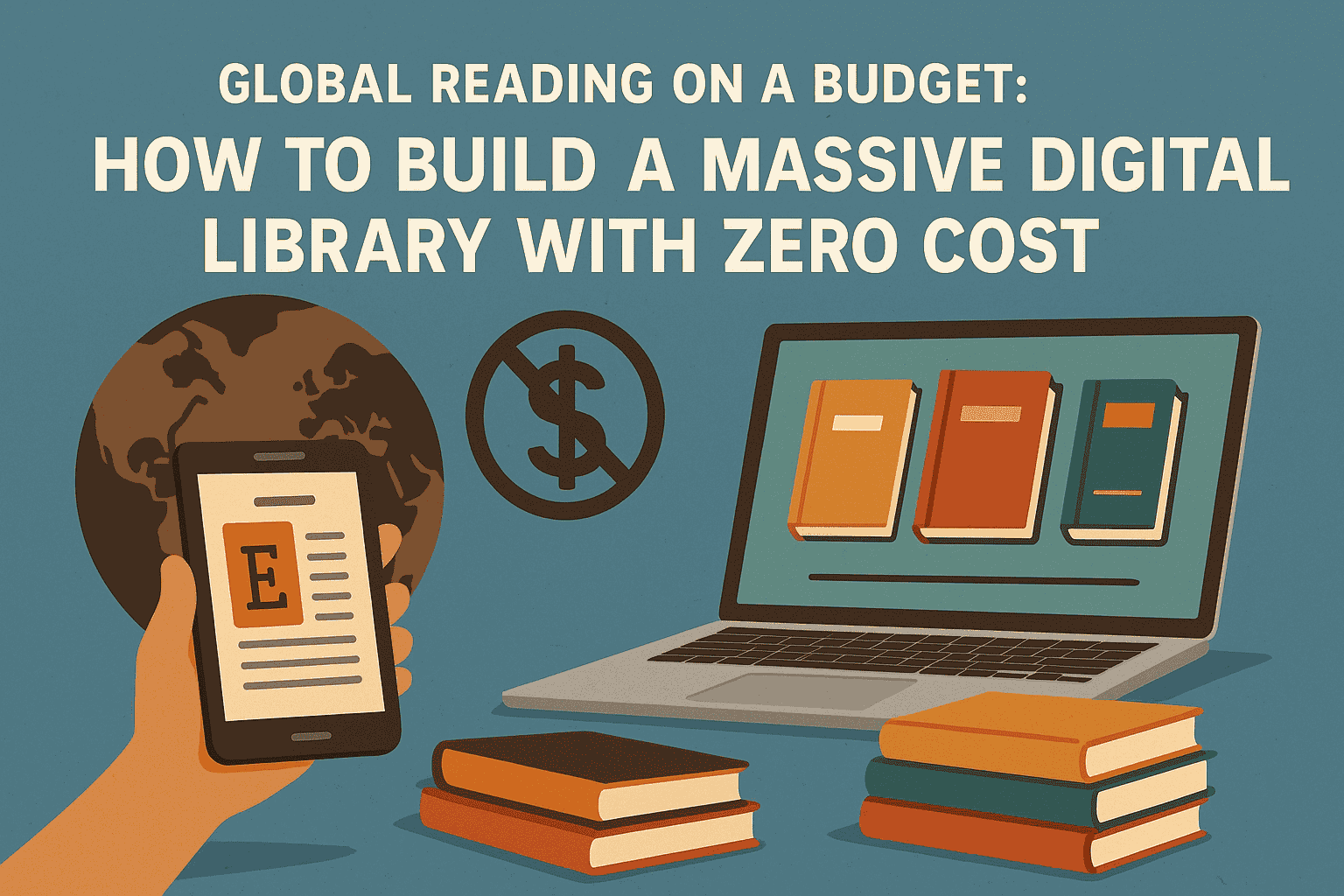The Power of Flash Fiction: Exploring the Art of the Short Short Story
In a world where attention spans are shrinking and time is at a premium, flash fiction has emerged as a powerful and compelling form of storytelling. Defined as a complete story told in just a few hundred words, flash fiction distills the essence of narrative into its purest form. This brevity demands precision, creativity, and a deep understanding of the craft, making flash fiction a unique and potent genre. Let’s explore the power of flash fiction, its history, the art of writing it, and its impact on readers and writers alike.
The Essence of Flash Fiction
Flash fiction, also known as micro-fiction, sudden fiction, or short short stories, typically ranges from 100 to 1,000 words. Despite its brevity, a successful piece of flash fiction contains all the elements of a traditional story: a beginning, middle, and end, along with character development, conflict, and resolution.
Key Elements of Flash Fiction:
- Brevity: The hallmark of flash fiction is its concise nature. Every word must count, and there is no room for unnecessary details or filler.
- Intensity: The short length of flash fiction often leads to intense, impactful stories that leave a lasting impression.
- Immediacy: Flash fiction usually focuses on a single moment, event, or emotion, drawing readers in quickly and immersing them in the narrative.
- Ambiguity: Due to its brevity, flash fiction often leaves some details to the reader’s imagination, inviting interpretation and engagement.
The History of Flash Fiction
While the term "flash fiction" is relatively modern, the concept has been around for centuries. Classic examples can be found in folklore, fables, and ancient texts, where short, impactful stories were used to convey morals and lessons.
Historical Examples:
- Aesop’s Fables: These ancient Greek stories, often only a few paragraphs long, convey moral lessons through simple, yet powerful narratives.
- Ernest Hemingway’s Six-Word Story: Hemingway’s famous six-word story, “For sale: baby shoes, never worn,” is often cited as a quintessential example of flash fiction, demonstrating how a complete narrative can be conveyed in just a few words.
The Art of Writing Flash Fiction
Writing flash fiction is a challenging and rewarding endeavor. The constraints of the form require writers to be precise, economical, and innovative in their storytelling.
Tips for Writing Flash Fiction:
- Start in the Middle: With limited space, there’s no time for lengthy setups. Begin your story in the middle of the action or at a pivotal moment.
- Focus on a Single Idea: Flash fiction should revolve around one central idea, event, or emotion. Avoid trying to cram too much into the story.
- Use Suggestion and Implication: Instead of detailing every aspect, use suggestion and implication to convey deeper meanings and emotions. Trust the reader to fill in the gaps.
- Edit Ruthlessly: Flash fiction demands tight, polished prose. Edit rigorously to remove any unnecessary words and ensure every sentence serves the story.
- Experiment with Structure: Flash fiction allows for creative experimentation with structure. Try different formats, such as a monologue, a series of vignettes, or a fragmented narrative.
The Impact of Flash Fiction
Flash fiction has a unique impact on both readers and writers. Its brevity and intensity create powerful, memorable experiences that resonate long after the story is finished.
For Readers:
- Quick and Engaging: Flash fiction provides a complete story in a short amount of time, perfect for busy readers looking for a quick literary fix.
- Emotional Punch: The condensed nature of flash fiction often results in stories that pack an emotional punch, leaving a strong impression.
- Encourages Imagination: The gaps and ambiguities in flash fiction invite readers to engage their imaginations and interpret the story in their own way.
For Writers:
- Hone Your Craft: Writing flash fiction hones a writer’s skills in precision, clarity, and economy of language.
- Creative Freedom: The form encourages experimentation and innovation, allowing writers to explore new styles and techniques.
- Build a Portfolio: Flash fiction is a great way for writers to build a portfolio of work and gain exposure through publication in literary magazines and online platforms.
Notable Flash Fiction Authors and Works
Several contemporary authors have made significant contributions to the genre, showcasing the power and versatility of flash fiction.
Notable Authors:
- Lydia Davis: Known for her extremely short stories, Davis’s work often blurs the line between fiction and poetry, exploring everyday moments with profound insight.
- Amy Hempel: Hempel’s short stories are celebrated for their emotional depth and precise language, making her a master of the form.
- Etgar Keret: An Israeli author known for his surreal and often darkly humorous short stories, Keret’s work exemplifies the power of concise storytelling.
Notable Works:
- "Sticks" by George Saunders: This very short story, only a few paragraphs long, tells the poignant tale of a father’s eccentric behavior and its impact on his family.
- "Girl" by Jamaica Kincaid: This powerful piece of flash fiction, written as a single, continuous sentence, captures a mother’s instructions and admonitions to her daughter.
The Future of Flash Fiction
As the literary landscape continues to evolve, flash fiction is poised to grow in popularity and influence. Its adaptability to digital formats and its appeal to modern readers make it a vibrant and relevant form of storytelling.
Digital Platforms and Social Media:
The rise of digital platforms and social media has provided new opportunities for flash fiction. Websites, blogs, and online magazines dedicated to flash fiction are thriving, and social media platforms like Twitter and Instagram offer unique venues for micro-stories.
Flash Fiction Competitions:
Literary competitions and contests focused on flash fiction are becoming more common, providing writers with opportunities to showcase their work and gain recognition. These competitions often challenge writers to craft compelling stories within strict word limits, fostering creativity and innovation.
Conclusion: The Enduring Power of Flash Fiction
The power of flash fiction lies in its ability to distill the essence of storytelling into a brief, yet impactful form. By embracing brevity and precision, flash fiction can create powerful emotional experiences and resonate deeply with readers. For writers, it offers a challenging and rewarding exercise in craft, pushing the boundaries of creativity and innovation.
As the world continues to change, and as our reading habits evolve, the art of the short short story will remain a vital and dynamic form of literature. Whether you are a reader looking for a quick, engaging story or a writer seeking to hone your craft, flash fiction offers a unique and powerful experience. Embrace the power of flash fiction, and discover the limitless possibilities contained within its brief, but potent, form.

